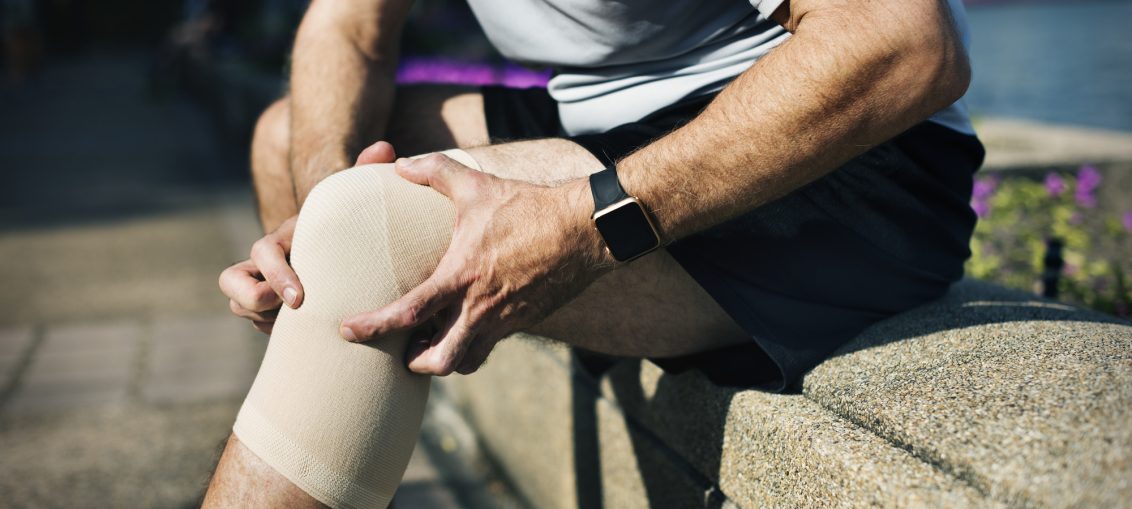
38% of Americans use some form of complementary or alternative medicine.
If you suffer from chronic pain after a sports injury, you may want to explore alternative medicine.
Although we won’t talk about specific sports injuries, in this article we will discuss alternative pain management techniques.
You can discuss these with your doctor or with your physical therapist. If you see a naturopath, he or she might also be able to help you with your chronic pain.
Read on for ways to take a natural approach to healing.
Medical Marijuana
This may be a bit controversial, but marijuana has shown to have a positive effect on healing. It can help reduce chronic pain and can be an effective alternative to offering individuals opioids to help solve their pain.
While medical marijuana won’t actually get to the source of your pain, it will help you cope with it.
Medical marijuana comes in several forms. But those who don’t like the “high” it gives them can use CBD oil manufactured from hemp.
CBD oil manufactured from hemp does not contain tetrahydrocannabinol or THC. It is the THC that gives individuals the “high” feeling. Without it, you’re just getting the benefits of the CBD oil itself.
Visiting a Chiropractor
A chiropractor can manipulate your skeleton to help you feel less pain in certain areas. They work to help take the pressure off of specific bones, nerves, and muscles. For many athletes, long-term healing starts with working with a chiropractor.
A chiropractor typically also does a few other things in his or her practice. This may include massage and utilizing other technology to help reduce the amount of pain you’re in. A chiropractor doesn’t fix your issues immediately, but they can help you become pain-free, or at least have reduced pain, over time.
Vitamins
Getting the correct vitamins and minerals is essential when it comes to healing. When your body is recovering from an injury, you’ll need them even more than usual to help your body on its way.
Vitamin C is one such vitamin that is vital to helping your body repair itself. It helps your tissue repair itself, as well as helps with the replacement of collagen.
Additionally, you’ll need to get plenty of Vitamins A and E, as well as selenium and zinc. They help your body heal without forcing your body to use what you already have, which can make healing a lot slower. Instead, you’ll need to ensure you’re getting enough in your diet or through supplements.
Visiting a Functional Doctor
A functional doctor is an MD who looks at the entire picture of your health. He or she doesn’t just see your diagnosis and treat it. Instead, they treat your entire body’s system together in order to achieve balance.
If you’ve suffered a sports injury, a functional doctor may be able to help you get back on the path the healing. He or she may help you so that you don’t suffer a similar injury again, or discuss why you were prone to it in the first place.
He or she may also be able to help you identify other functions of your body that are causing you pain. Your chronic pain may not just be from your sports injury, but from other things, you don’t have any idea about in your body. A functional doctor will not only discover that but help you heal.
Visit this website for more info about functional medicine.
Dry Needling
Dry needling is similar to acupuncture, though the execution is a bit different. Instead of sticking pins into to top layer of your skin, the doctor or therapist will stick the acupuncture-like needle into your muscle. While this may sound painful, it isn’t. This is because they use the same needles as acupuncture therapy.
The therapist or doctor will insert the needle into a tense muscle. He or she will then move the needle around until the muscle twitches in response. This is indicative of the muscle starting to loosen up.
This is also indicative of the biofeedback loop of pain within the muscle being disrupted.
Although it isn’t painful, some people may find it a bit uncomfortable.
Some technicians might pair this with TENS therapy and stimulate the muscles from this inside out. This will allow your muscles to spasm in order to help them release.
Alternative Pain Management Techniques Such as Massage
When you think of alternative medicine, you probably don’t think of massage. However, massage has been around for thousands of years, and it can help promote relaxation and help end cycles of pain.
While one massage may not do much, you’re likely to feel a difference after a series of massages. This is particularly the case if you’re getting a massage over tense muscles or over tissue that needs to be evened out.
A therapist may prescribe massage in conjunction with other pain management techniques for you to receive the maximum benefit. These may include exercises, supplements or chiropractic manipulation.
Finding the Best Choice for You
When it comes to alternative pain management techniques, you likely won’t just use one strategy. If you speak to a therapist or functional doctor, you’ll likely come up with several ways you can use alternative medicine to get your body back into tip-top shape.
You may even use alternative medicine in conjunction with allopathic medicine. This approach is known as a complementary one, as it integrates both proven methods and alternative methods.
For more tips on keeping healthy as you train for your next triathlon, visit our website’s section on health and fitness.
